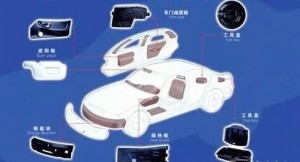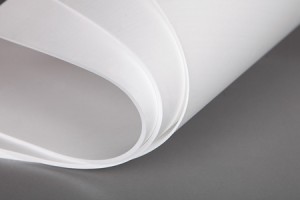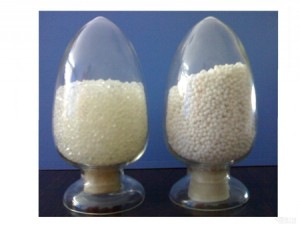In European and other developed countries, the annual consumption of polymer-based foam accounts for about 10% of the total polymer consumption and 20% annual growth rate. Polymer foam material with low density, high strength, good thermal insulation and energy-saving advantages. Application of polymer foam material from buildings, cars to a variety of household goods, to food packaging and other fields, and our lives.
A polypropylene foam material late comer.
In the past 50 year, polymer-based foam market is mainly composed of amorphous polymer, such as polyurethane (PU), polystyrene (PS), polyvinyl chloride (PVC) and other leading. Polypropylene is a late comer polymer foam materials market, mainly by microscopic molecular structure determined by liner semi-crystalline structure of the polymer melt foaming process in lack of access to a uniform, controlled bubble pore structure should stretch rheological properties.
In order to solve the PP foam problem, melt strength of PP must be improved.
As shown above, the high melt strength PP application areas are disposable fast-food, automotive components, such as damping door panels, sun visors, tool boxes insulation panels.
Second, the four methods of preparation of high melt strength polypropylene.
At present, there are the following four methods, namely the use of high melt strength PP, PP partially crosslinked, PP blend modified and PP inorganic composite material.


